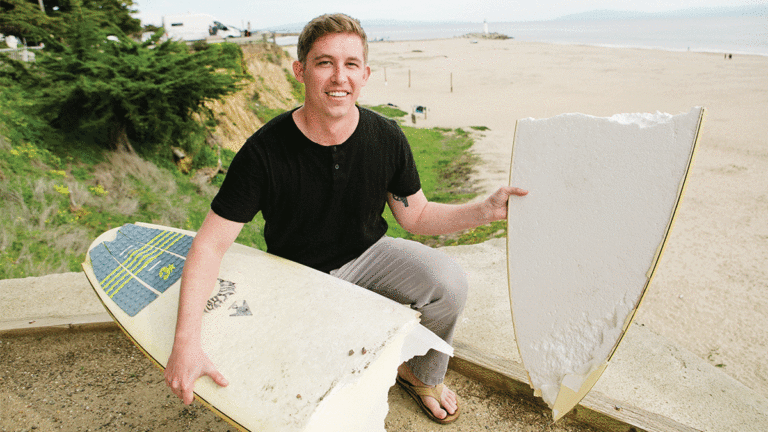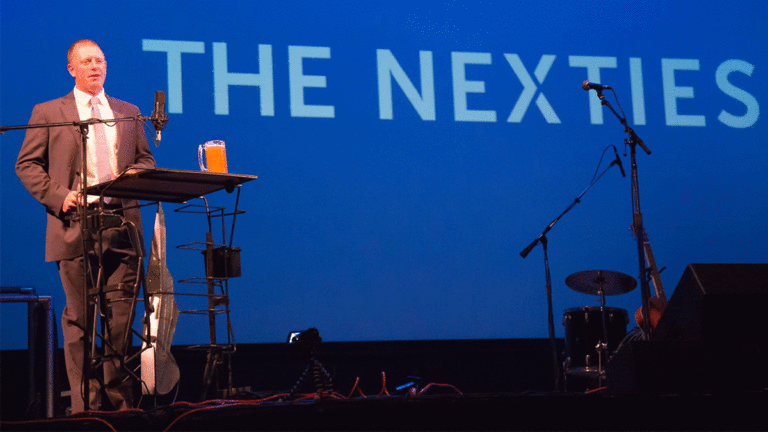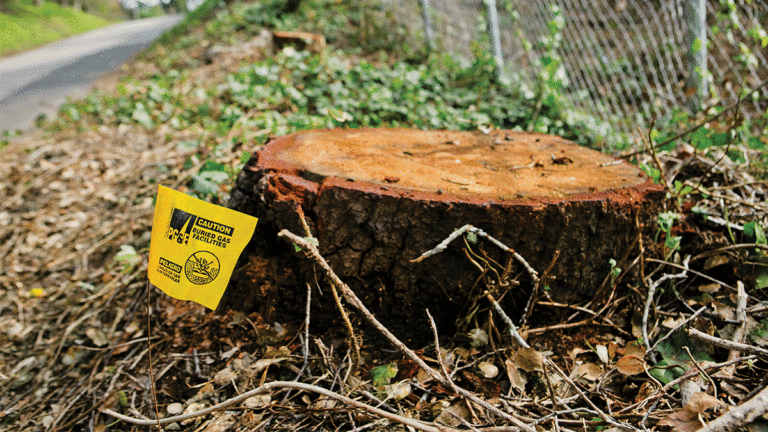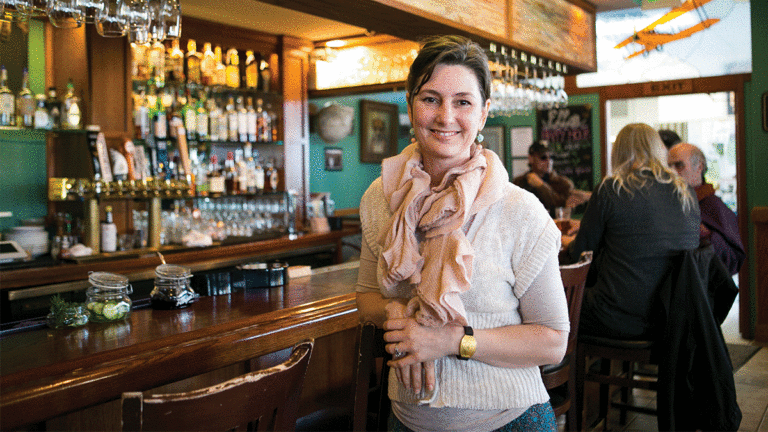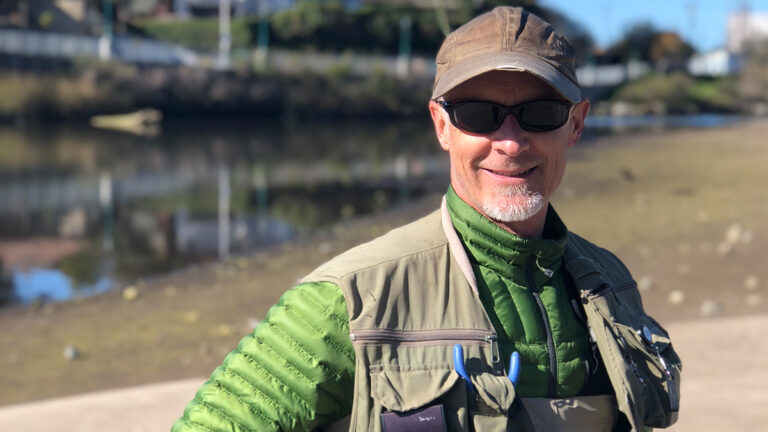Here we are in spring now, a new livingness appearing. Its color is green. And so, each solstice and equinox, there is a festival in the zodiacal Mystery Temple. Each season in the Mystery school is sacred, each season an element. When Aries begins, humanity steps upon the “burning grounds,” entering holy fires. Spring presents to us the element of fire. All around us, mostly unseen, “desire currents” rise up from the Earth (her kingdoms), ascending and on a journey to meet the Sun at Summer solstice. This “rising up” is our journey too. All of us, together, each year. It was a long time ago that we forgot these things. As the Aquarian Age unfolds, we will remember more and more of these mysteries, together.
Thursday, late afternoon/evening, Mercury becomes stationary retrograde (16 degrees Aries). Mercury retrogrades back to 4 degrees Aries. Where are these degrees (house, area of life) in everyone’s chart? We all know the “rules” of Mercury’s retrograde. We all know that everything becomes upside down, inside out. It’s more of a coyote time, a “time-out” time, when revelations occur and everyone assumes Virgo qualities. Mercury is retrograde till Sunday, April 15 on Aries new moon day.
Sunday is Palm Sunday, a week before Easter (Resurrection Festival). Christ ended His time in the desert and on Palm Sunday, rode into Jerusalem, palms waving above His head. It was a brief moment of triumph for the Christ, seated on the back of a donkey, symbol of patience and humility, the crown jewels of greatness (for Disciples), virtues we are to emulate. Christ’s three-year mission was almost complete. The road into Jerusalem is the Path toward the City of Peace. This is the road “less traveled”. The road Disciples must also take.
ARIES: Everything changed for you when Mars entered Capricorn. Your energy became more available. You also felt more impatient, wanting to move forward, engage in new enterprises, make new impressions in the world. You might feel the need to assume leadership over everyone and everything. Careful. Be kind. Be a leader, but understand you move more quickly than others.
TAURUS: You tell everyone you’d rather remain at home and research and not go out and about for a long time. You want to catch up on tasks not tended to the past many years. Needing to maintain reserves of energy to get through each day, you need privacy and solitude. Many different behaviors may arise. Observe them. Consider if they are useful. You may dream more. Record your dreams. Over time they tell you a story about yourself.
GEMINI: You need to participate in your group of friends a bit more, seeking their cooperation in either working on a project with you or listening to you with care and intention so you can clarify your thinking. If you lead a group, teach cooperation, organize them as a team to achieve a particular goal. Ask each member their hopes, wishes and desires for the future. You’re achieving Aquarian goals. The heart of Aquarius is love (Jupiter). That’s Gemini’s goal, too.
CANCER: You want to be recognized for your knowledge, abilities, and what you accomplish each day. It’s good to want this recognition for it stimulates your ability to share and provide information to others. Many are in need of real and true information. You always ask the question, “What is real and true?” When we ask, we are also given to. For those seeking new work, wait till after the retrograde. Research now.
LEO: You may feel a hunger for things far from your usual life and ways of living. Other cultures, people and places seem to be summoning you in subtle yet persistent ways. You’re restless for a new reality, a new adventure, new activities, conversations, different goals, interesting subjects to study. An outer fire blends with your Leo inner fire. Everything you seek will appear. Careful with legal matters.
VIRGO: You may be called to be more cooperative and collaborative and you can do this. Relationships will be the challenge and perhaps you will need to consult with someone concerning how to be more dynamic and loving, how to settle differences, how to really listen with the heart. Careful with impatience and ending things too quickly. Reconcile with those you have separated from.
LIBRA: Life seems to be accelerating, moving faster each day. Sometimes those around you move too quickly and you could feel left behind. Perhaps you’re working too hard and long. Even though you have abundant energy, tend to your health as a daily and practical practice. Careful with inflammation and infections. Slow down on glutens, grains and all sweets. Handle others’ frustration, restlessness and anger calmly. Libra is always poised.
SCORPIO: Intimacy is important for you at this time. There are many types of intimacy – between friends and lovers, intimacy of the mind, the heart, and physical intimacy. Things held in common with another is an intimacy. Knowing your values is an intimate level concerning the self. Intimacy beginnings and endings affect you deeply. Be aware of any subtle feelings. Realize what you truly need. Different than wants. When asking, there is always a response. In time.
SAGITTARIUS: There’s so much energy flowing through your body and mind you simply can’t find any self-discipline. That’s OK if you use that unbounded energy for creative activities. You could also find children, or those who are child-like, to play with. Romantic things are good, too, and your love life may sense a deeper level of passion. Make sure you get enough sleep. Don’t risk anything by gambling. Just play (innocently) more. And be in the Sun more.
CAPRICORN: Much of your energy is focused at home, where your domestic self resides. You’re highly intuitive at this time and protective. It’s important you feel secure especially when called to make important home and family decisions. When feeling unusually moody or out-of-sorts, garden, tend to home repairs and arrange family activities. Step back if arguments begin. Old emotional issues may surface for review. Place them into your heart.
AQUARIUS: So many ideas and plans in your head that you feel a bit overwhelmed and scattered and so you try to share these ideas with others but so many errands and tasks come in between you and sharing with others that you feel frustrated and can move into arguments if you’re not careful. Realizing you could feel impatient and impulsive be careful driving and when using machinery, scissors or knives (while cooking). Your deep intelligent mind works overtime.
PISCES: It’s a good time to create a journal of daily tasks, events and personal values—past, present and future. It’s good to begin each new season. Often, we can ascertain values by deciding what we need. Tend to monetary issues—savings accounts, taxes, insurance, inheritances. In terms of savings, consider gold and silver. Refrain from impulse buying. Know that anything bought in the retro will never be used. Invest wisely.



